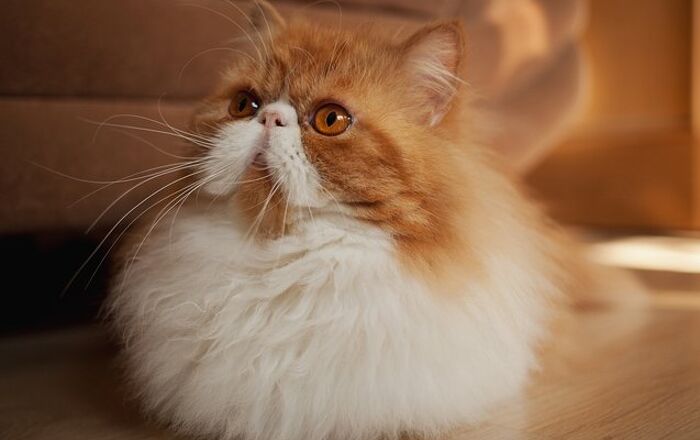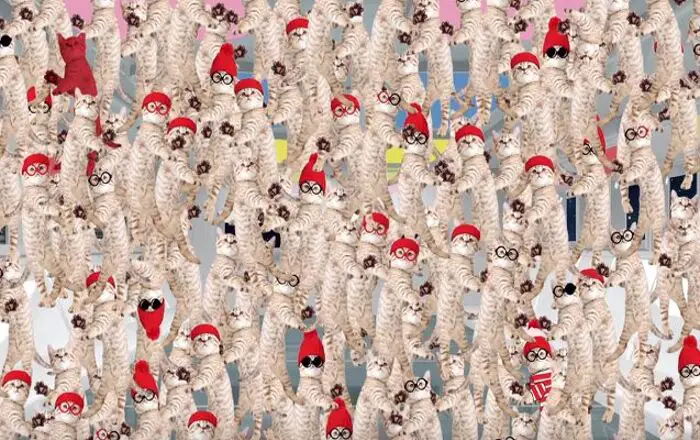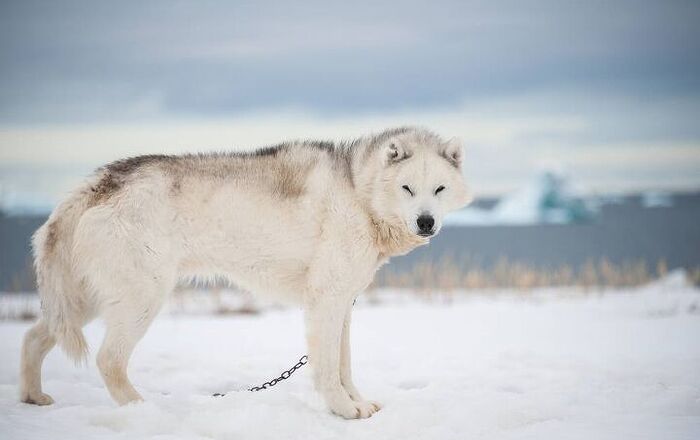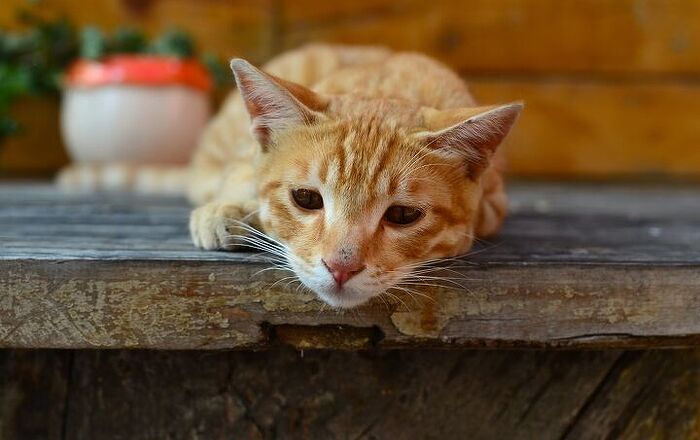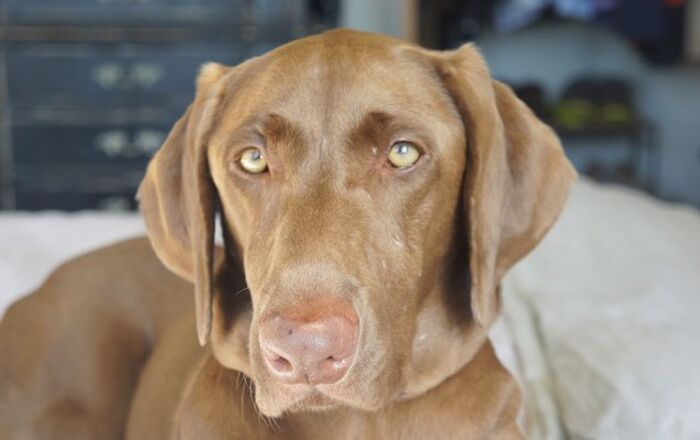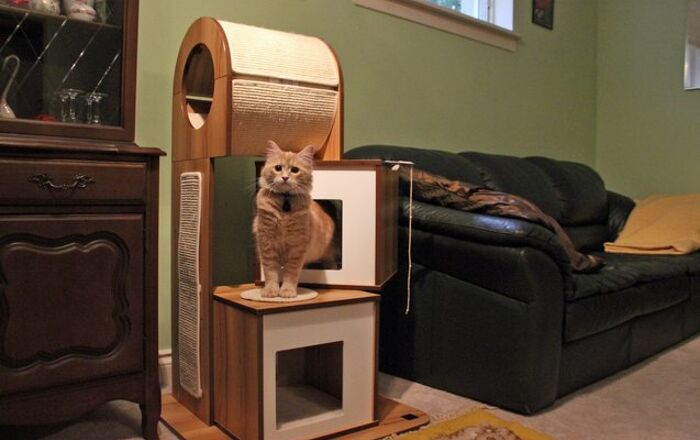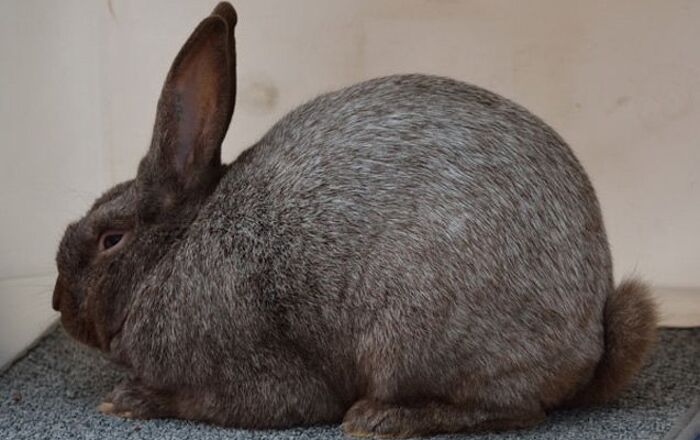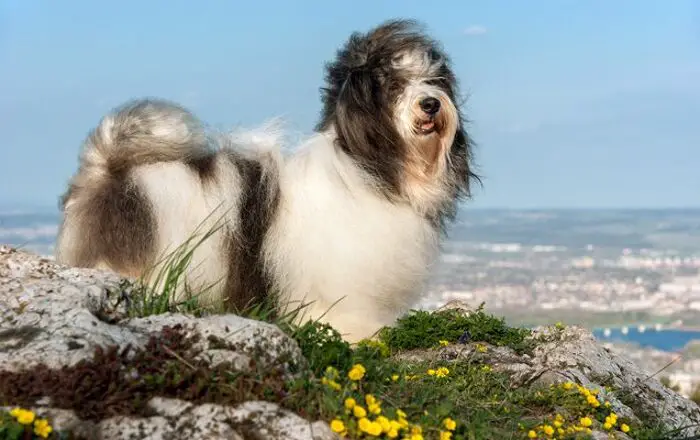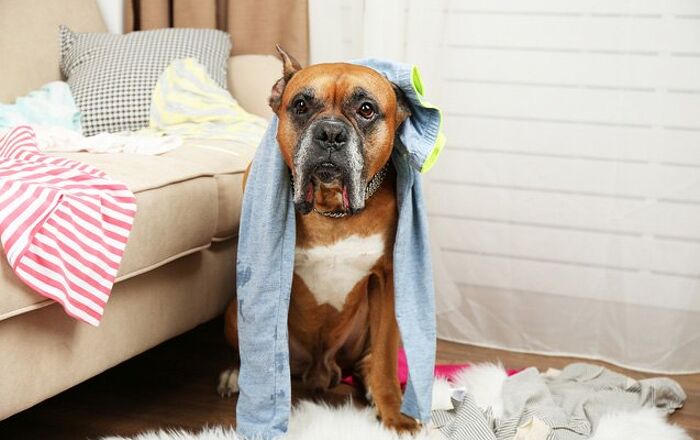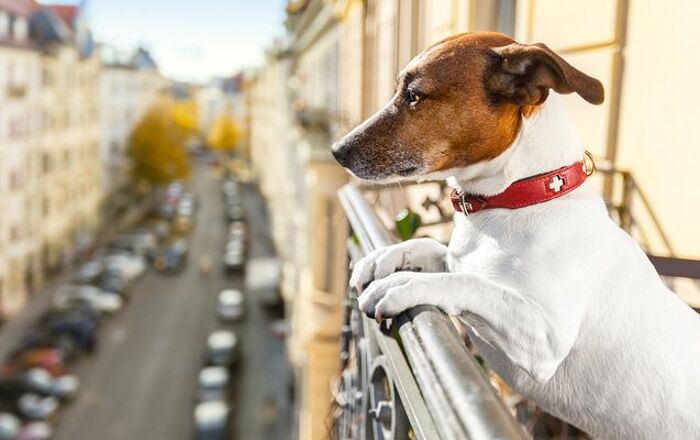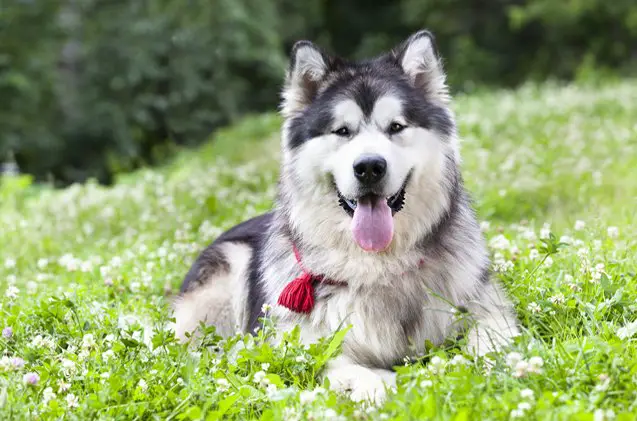
Alaskan Malamute Basics
Baby, it’s cold outside – but the Alaskan Malamute doesn’t care. An ancient, winter-loving breed is known as a “talker” – when it howls, it sounds like famous Star Wars character “Chewbacca.”
Considered to be excellent family pets or companions, Alaskan Malamutes are intelligent and clever and will do anything to ensure that its owners are pleased with them. Read on to find more out this interesting breed.
Considered to be excellent family pets or companions, Alaskan Malamutes are intelligent and clever and will do anything to ensure that its owners are pleased with them.
Origin
The ancient Alaskan Malamute originates from Alaska. First discovered living among Inuit tribes, this breed was used for large game hunting and heavy sled pulling. Inuits held the Alaskan Malamute in high regard – considering how much they relied on this dog for day-to-day life, it is not surprising.
Opposite of other Arctic bred dogs, the Malamutes were not overbred due to the shortage of food in the Alaskan villages where they originated. The highest of quality of sled dogs in the area were a major part of the Eskimo family life, so few were sold to white men looking to buy a dog This all changed during the 1896 Gold Rush.
Pedigree
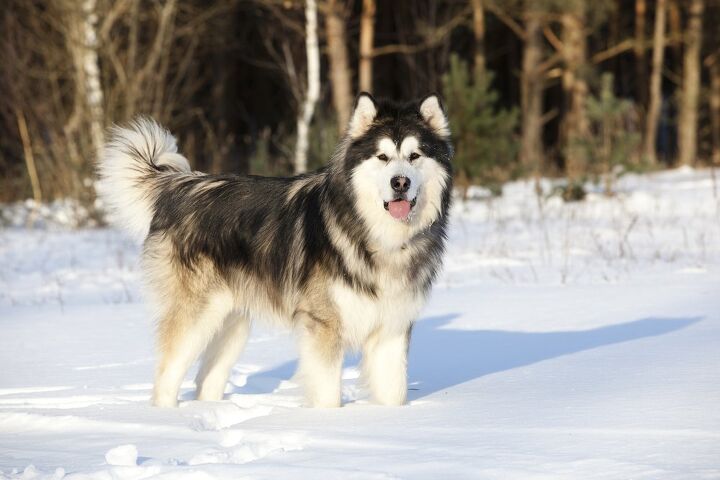
Considered to be one of the oldest breeds in the world, the Alaskan Malamute takes its pedigree from the Spitz family and is closely related to the Akita, the Chow Chow, the Samoyed, the Finnish Spitz, and the Elkhound.
The Alaskan Malamute was recognized by the AKC in 1935.
Food / Diet
If you’re going to feed your Alaskan Malamute a high-quality dry dog kibble, make sure that the first ingredient listed is meat. Feel free to mix up the flavors of the dog food – a variety of lamb, chicken, salmon or different ingredients is recommended. And you can supplement your Alaskan Malamute’s diet with fresh fruits and vegetables.
A highly intelligent breed, the Alaskan Malamute has excellent training qualities, including dependability, responsibility, cleverness, and high energy.
Training
A highly intelligent breed, the Alaskan Malamute has excellent training qualities, including dependability, responsibility, cleverness, and high energy. This dog was bred for hauling and working hard, which makes them dependable and responsible, great qualities when it comes to training.
Think of training as an energy outlet for this dog. Sign up for obedience training classes and your Alaskan Malamute will excel at them. Instead of formal training, try to make lessons fun, and involve other family members in the process.
Since these dogs are very active, you’ll need to train your Alaskan Malamute as to how to behave and what is not considered acceptable behavior. Keep training positive and rewarding, and don’t use negative or harsh treatment to get the results you want.
You may have a hard time housetraining your Alaskan Malamute. This breed tends to be hard to train in this area, so it will take added persistence and patience on your part to help your dog master this habit.
Weight
Both male and female Alaskan Malamutes weigh 75 to 85 pounds.
Temperament / Behavior
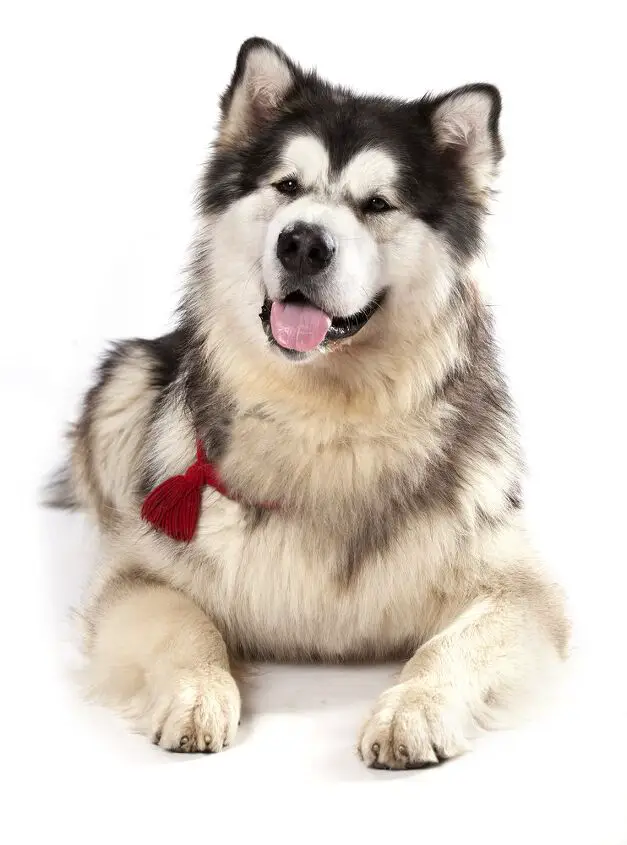
An energetic dog, the Alaskan Malamute will need lots of attention and activities to keep it busy, healthy and out of trouble.
Also known as an independent dog, it likes to be alone, but you will still find the Alaskan Malamute to be a loyal and devoted pet. Even if you have other animals in the house, it prefers its own company. The Alaskan Malamute is quiet, but it still makes an excellent watch dog… even though it’s too friendly to be a guard dog.
Common Health Problems
There are several health issues that you should be aware of that are common in the Alaskan Malamute. One is a genetic disorder called chondrodysplasia, or malamute dwarfism. This disease causes abnormal shape and length of limbs and this condition in is passed down to a dog’s puppies.
Another issue is autoimmune hemolytic anemia (AIHA), a problem more common in the middle-aged Alaskan Malamute. This is when the dog’s immune system destroys red blood faster than new ones are produced. The reduced red blood cell disorder will cause anemia.
Other conditions that your Alaskan Malamute may suffer from are hip dysphasia, inherited polyneuropathy, eye problems and cataracts.
Life Expectancy
Alaskan Malamutes have a life expectancy of 12 to 15 years.
Exercise Requirements
Your active Alaskan Malamute needs exercise and physical activity in order to live a happy, healthy life. This breed was used for pulling heavy sleds in the Arctic, which conditioned them to be kept busy.
The minimum amount of time spent exercising should be about one hour. Always use a leash when walking or running with your Alaskan Malamute, as it cannot be trusted around smaller dogs or animals. A large yard is recommended, but keep a close eye out on your dog because this breed enjoys enjoy digging and exploring new scenery.
An energetic dog, the Alaskan Malamute will need lots of attention and activities to keep it busy, healthy and out of trouble.
AKC
The American Kennel Club says this about the breed: “The largest and oldest of the Arctic sled dogs, the Alaskan Malamute possesses great strength and endurance. He is not designed to race, but rather to carry large loads over long distances. Today, many Malamutes are family pets, but are highly athletic and still capable of enjoying sledding, weight-pulling, back-packing, jogging and swimming with their owners.”
Coat
The Alaskan Malamute’s double coat consists of a woolly coat and a coat made of long guard hairs that are slightly coarse. Its coat is blown twice a year so expect excessive hair to fall out (sometimes in clumps). After a blowout, the Alaskan Malamute is considered to be a shed-free breed. As well, this breed odor free and will clean itself as often as a cat would.
The colors of the Alaskan Malamute vary from a light gray to hues of sable or black, with sable to red shadings. When showing this dog, acceptable color combinations are found in its undercoats or trimmings, in addition to their points. The only solid color accepted is white, and broken colors extending over the body are considered unacceptable.
Puppies
It is important to remember that your Alaskan Malamute puppy is much more energetic and hyper than an adult. But don’t worry – your puppy will often mellow with age, becoming a dependable, calmer pet, especially when it is given enough attention and exercise.
Photo credit: Liliya Kulianionak/Shutterstock


